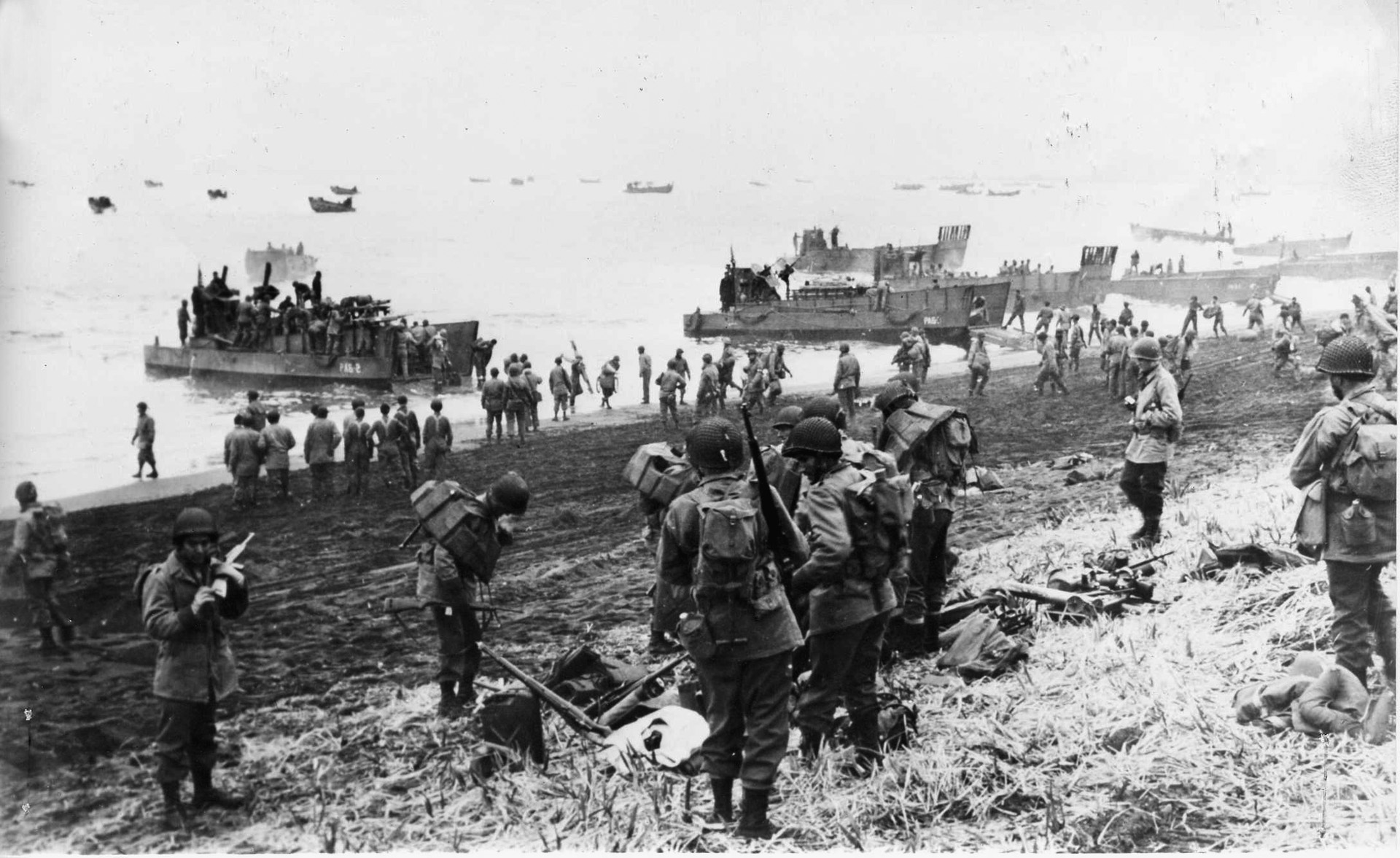One of the darkest chapters of American history began just yesterday. Fresh out of the conflict in Korea, the United States entered into an advisory role for the South Vietnamese military on November 1, 1955. The conflict would officially last 20 years. Numerous veterans were treated with disdain and malice during the Vietnam war. It is truly heartbreaking. We will detail the rise of Vietnam.To understand why Vietnam became the issue that it did, we've got to go back to World War 2. During the Japanese occupation of China and Indochina, revolutionary forces sprung up to combat the brutal regime of the Japanese empire. Mao Zedong (Mao Tse Tung) sprung up in China and Ho Chi Minh came to power over a group called Viet Minh in Indochina.Ho Chi Minh modeled his views after the Soviet Russia and Chinese communist models. After the defeat of the Japanese in WWII, the Viet Minh targeted French colonial officials with the goal of pushing them out of the country and establishing unity.

While all this is occurring, and despite the United States basically winning the war in the Pacific on its own (we know there were others, the point remains the main forces in the Pacific during WW2 were Americans), countries like China and Indochina turned to Communism. The United States could not let this stand. They proved this once in Korea and in November 1955 President Eisenhauer pledged his full support for the South Vietnamese government run by Ngo Dinh Diem. During the rise of the Vietnam conflict, troops and economic aid would be flooded into South Korea.Through the years, the advisor support grew to actual ground troops in the 1960's following the Gulf of Tonkin Incident. At the height of American involvement, U.S. troops reached around 500,000 personnel on the ground in Vietnam.Due to anti-war protests and a culmination of other contributing factors, in the late 60's following the Tet Offensive, the United States began withdrawing forces from Vietnam. Following Nixon's election in 1968, air attacks increased and troops began to come home. The fall of Vietnam was much more brutal than the rise of Vietnam. In 1975, NVA and Viet Cong Troops overran the southern capital Saigon.

Despite whatever your thoughts and beliefs on the actions were, we can all look back and agree that the treatment of the troops returning was distinctly wrong. Certainly, we can be better than that. We must be better than that. And hopefully the world will learn many lessons from the Vietnam war.



%201.svg)









